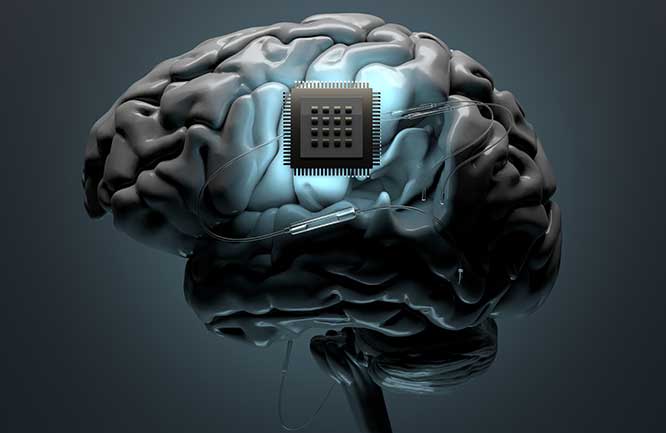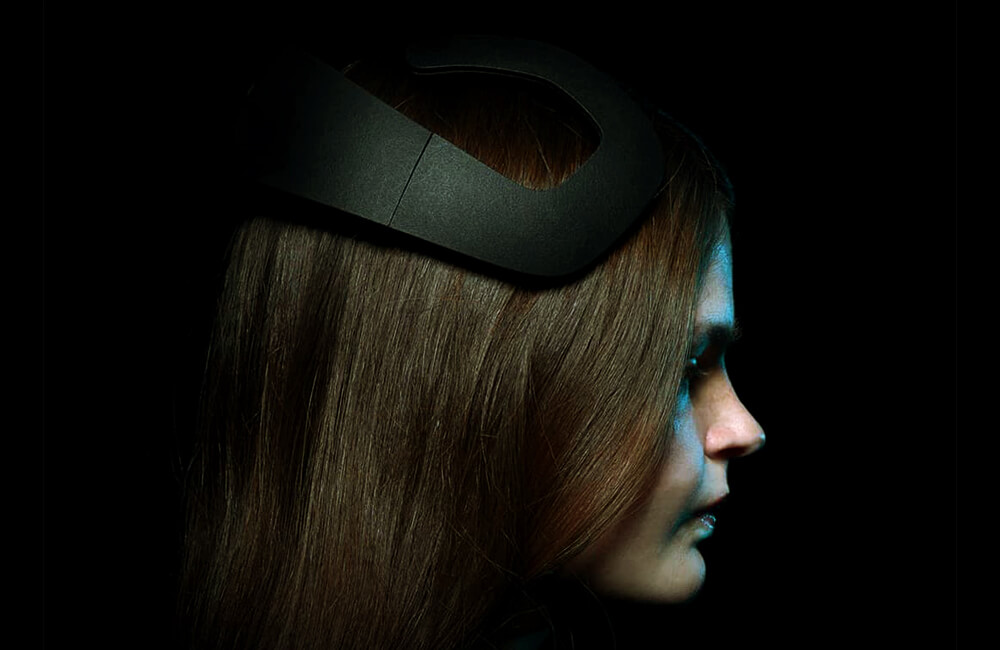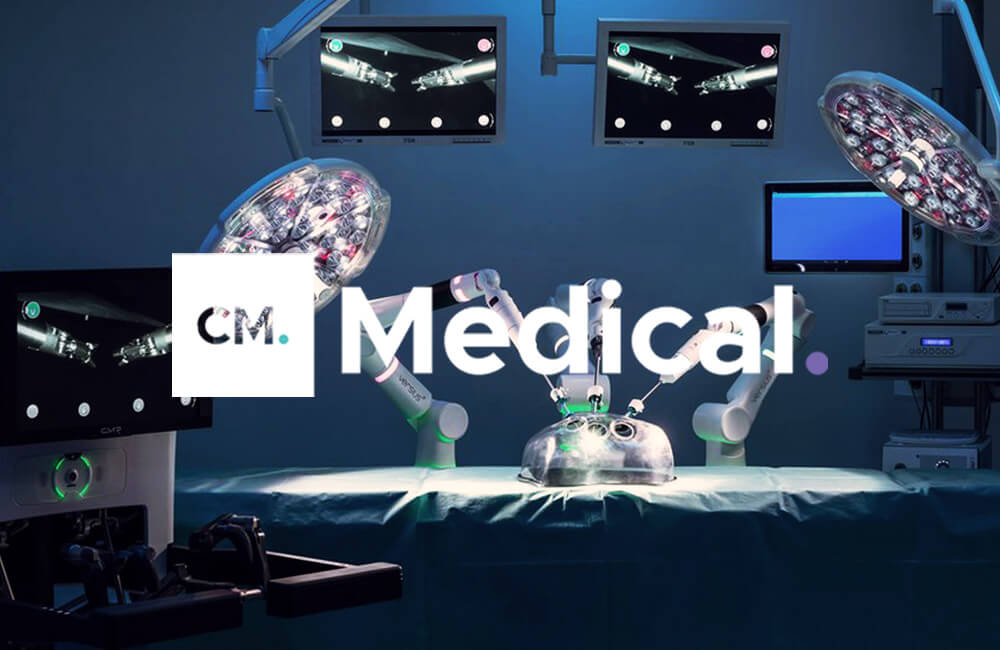

Neuromodulation: Over the Counter Solutions Changing Lives
Chronic pain or illness, whether physical or mental, has a huge effect on the sufferer. With many conditions, patients are fighting to keep the condition at bay, rather than looking for a cure, and the tools that they are using to take on this fight are usually pharmaceutical.
This brings with it problems of its own like side effects, dependency issues and the fact that pharmaceutical solutions (ignoring prohibitively expensive biologics) are generic, and not tailored to the individual.
I’ve covered the neuromodulation market for the last 4 years and since then I’ve seen more ‘space age’ innovation in this space than I would have ever thought possible previously. As the medical world begins to realise the value and harness the impact of altering nerve activity with different stimuli, we’re seeing some mind blowing solutions come to market.
And, in many areas, these solutions are providing options for patients to dramatically reduce, or even eliminate, pharmaceutical options. This means no more side effects, daily ingestion of powerful chemicals and sometimes a significant cost saving.
Lots of these devices are also sold direct to the consumer too, bucking the trend of tough-to-access treatment for chronic conditions. I spent time speaking with leaders from three companies embracing the technological potential of neuromodulation to provide patients with an over the counter solution to their chronic conditions.
Pain (Fibromyalgia)
Sana Health founder Richard Hanbury was driving in Yemen at age 19 when a car pulled out from behind an oncoming petrol truck. He was faced with the choice of crashing into the truck or driving off a bridge. He chose the latter because he assumed death was inevitable but he wanted to ‘leave some remains behind’ in his words.
He survived the crash, but it left him with chronic pain and in a wheelchair. So bad was the pain that doctors gave him just 5 years to live. Then, Bruce Willis stepped in.
Or at least a Bruce Willis film did. Richard noticed when watching a film (Hudson Hawk) that his pain levels were changing significantly more thanks to this stimulus than it was with his morphine prescription.
That led to Sana Health’s device, which is now being sold in beta in the US, as a wellness device for relaxation and improved sleep. It is also undergoing multiple clinical trials in 2020/21 to seek FDA approval for the treatment of chronic pain in various forms. It’s an over-the-counter relief system which uses precisely timed pulses of light and sound to stimulate the brain.
Richard told me that conditions like chronic pain, PTSD, depression and anxiety shouldn’t be thought of as conditions themselves. Instead, they are probably all symptoms of an underlying neuro-inflammation. He discovered in his early personal research a disparity of activity in the brain from left to right first in himself and then in others, which seems to exacerbate perceptions of pain and anxiety. Administering sound and light to the brain using Sana’s product appears to restore hemispheric balance.
When you restore that balance, you’re having a knock on effect on the symptoms of that pain and imbalance, like chronic pain. It is hoped that future research will establish a link that this repair of imbalance decreases neuro-inflammation. That’s what Richard experienced when watching Bruce in action.
Sana is focusing on fibromyalgia treatment at the moment, with some promising early clinical trial results. In a 20 person study, the tech improved quality of life by 45% in 2 weeks and then maintained that effect over a 9 month period. A larger study is due to be conducted in collaboration with Duke University starting in June..
For fibromyalgia sufferers who Richard says ‘are a community with very few real options’ when it comes to the current clinical treatments for their condition, Sana’s product could represent a drug-free pain management system, leaving their lives transformed.
Richard hopes through conducting clinical trials and seeking FDA approval, Sana’s treatment and the wider neuromodulation field will become a viable alternative to many drugs which are better suited to short term crisis management than long term management of pain, anxiety or depression. As such, he told me that he doesn’t see others in this space as competitors. Instead, they’re united in an attempt to provide non-pharmaceutical, technology driven solutions to improve millions of lives.
Depression & Anxiety
Sweden-based Flow Neuroscience was founded in 2016 by clinical psychologist Daniel Mansson and neuroscientist Erik Rehn. Their goal was to create new, medication-free treatments for people with mental health problems.
Flow’s product offering consists of a portable brain stimulation headset and a virtual behavioural therapy app. It’s sold direct to the consumer, making it super accessible. When I spoke with Daniel, he told me that accessing the technology is as easy as gong to the website, ordering the device and starting their treatment within two days.
The headset works by delivering gentle electrical signals to the brain, with patients advised to receive 18 x 30 minute stimulation sessions in the first 6 weeks to reduce the symptoms of depression, with follow up care after this to focus on relapse prevention.
The app, which is available immediately, integrates behavioral therapy, encouraging the elimination of negative, depression-inducing habits and the adoption of more positive ones. A virtual therapist helps patients schedule sessions and offers reminders to attend.
What’s remarkable, for the treatment of conditions like this, is that there are very few side effects to the treatment for patients.
The results speak for themselves, with 24% of people completely overcoming depression after using the technology and 41% of people disvoering that at least half of their symptoms disappear after 6 weeks.
A trip to Flow’s website demonstrates the impact it has had for individuals, with reviews from customers who had suffered two decades of depression and anxiety having their depression score halved in two weeks, and another saying that they call the device their ‘life saver’.
The company has a value driven team with expertise from a range of industries, typical of today’s tech companies. With psychologists, scientists, developers and even employees from a game development background, they’re pooling their expertise to make an impact globally.
Daniel told me that the next few years is all about scaling up, moving into new territories and tackling other conditions like PTSD, a very interesting area for them.
Sinus Pain
In the US alone, there are more than 50 million Americans who suffer mild to severe allergies, with 30% of adults experiencing allergies in some way. They’re the sixth leading cause of chronic illness in the USA and the issue is only getting worse with longer pollen seasons thanks to climate change. Allergies cause allergic rhinitis, which in turn causes sinus pain.
Tivic Health have created a solution which, according to founder Jennifer Ernst, has the potential to make millions of people feel healthier, feel better, sleep better and enjoy their life more’. Whilst the effects may not seem as debilitating as some of the other conditions the neuromodulation has in its sights, the scale of the problem means that the economic cost of allergies and allergic rhinitis is ‘astronomical’ for businesses.
Those factors, alongside the fact that 90% of patients suffering from allergies would like to reduce their medication means that there is a huge gap in the market to Tivic to exploit.
Their technology, an alternative to nose sprays, nasal flushes or tablets, is called the ClearUP. It’s a bio-electonic solution which delivers targeted microcurrent waveforms to the trigeminal nerve in the face.
Being another over the counter solution, they sell direct to the consumer and have an area on their site for customer reviews, with comments showing that the technology is making a difference for many people already.
Tivic have recently acquired their CE mark and are selling their ClearUP to a widespread global market.
Whenever I’ve written pieces about the market before, my inbox is flooded with suggestions of other companies who could have made the list. I hope that happens again! It’s always a pleasure to discuss the other innovative solutions in a market that is still a long way off knowing it’s own potential for improving millions of lives around the world.
If you have anything you’d like to discuss about this artricle, feel free to connect with me on LinkedIn, or send me an email to john-joe.walker@medical-cm.com
Recommended.

Five Neuromodulation Companies to Watch.
The breadth of neuromodulation advancements is astounding. I take a look at the top 5 device companies to watch in the year to come.

What Does Consumer Neurotech Innovation Mean for the Medical Device Industry?
Integrating systems into the human brain to control our everyday devices may seem very ‘Black Mirror’, but thanks to modern neurotechnology it's quickly becoming reality. Click to find out more.

What Can Brain-Computer Interface Actually Do?
With so much media attention surrounding the entrance of Elon Musk into the brain-computer interface space, I've collaborated with two experts to find out what this sci-fi-esque technology can actually do.

What Can You Expect from Med-Tech in 2021?
There’s optimism throughout all the med-tech markets we serve and to celebrate this we asked our CM Medical recruitment specialists about innovations, industry news and trends to expect from the year ahead.
Comments.